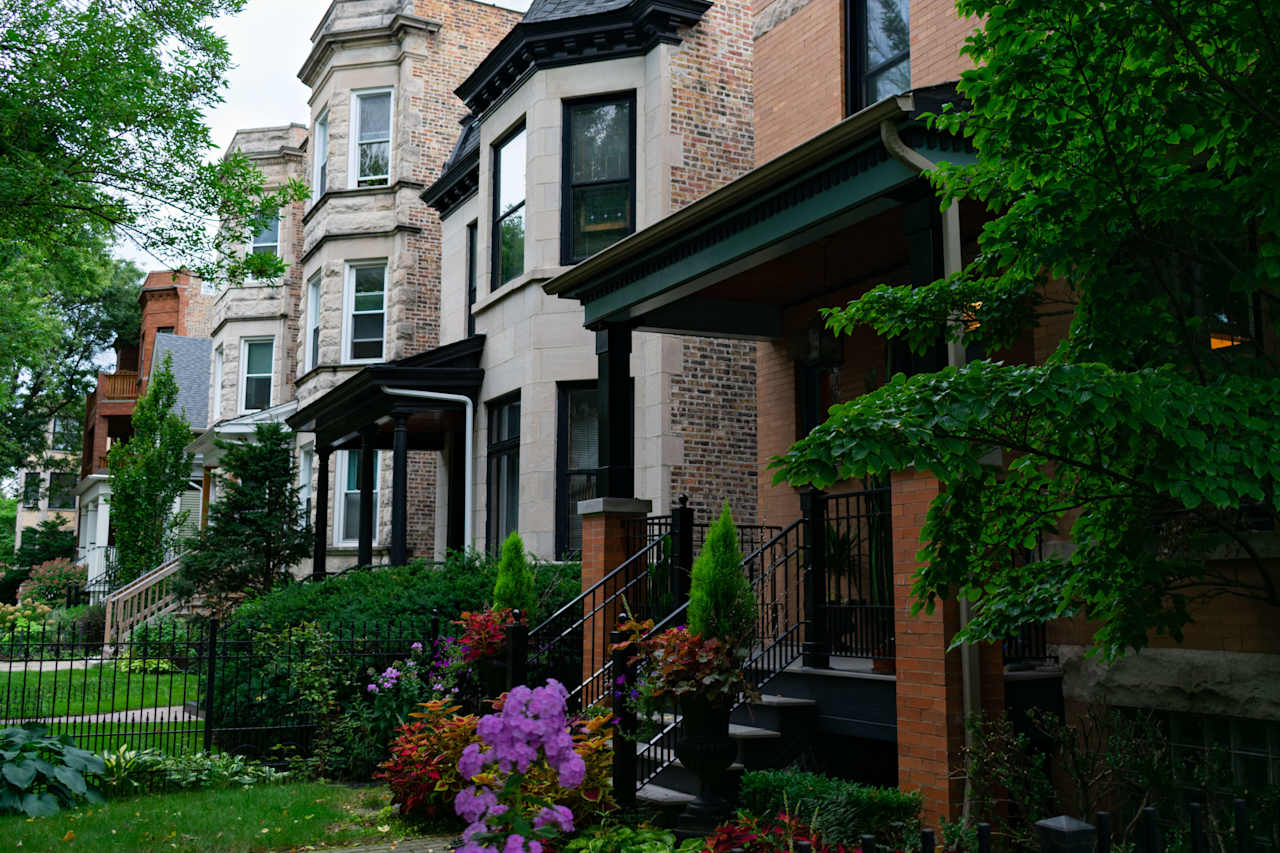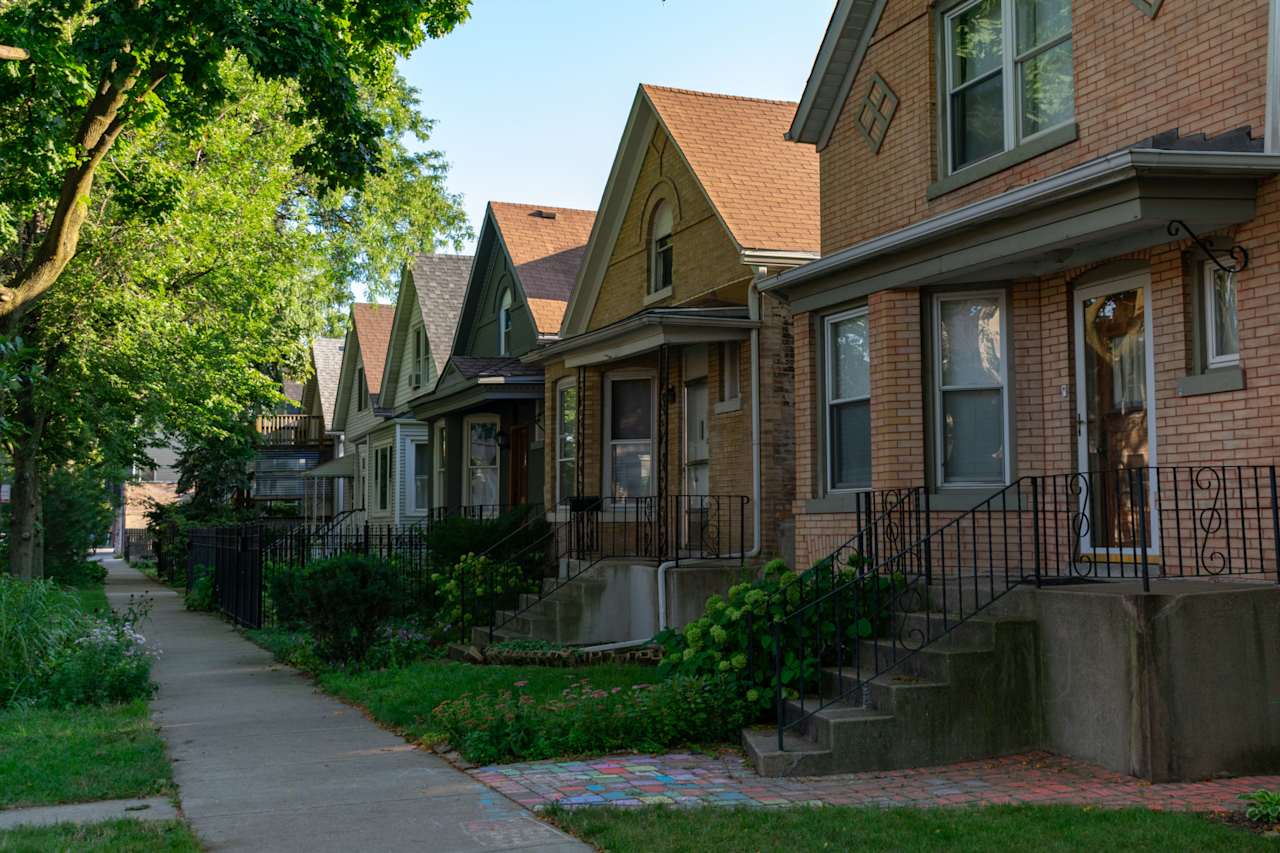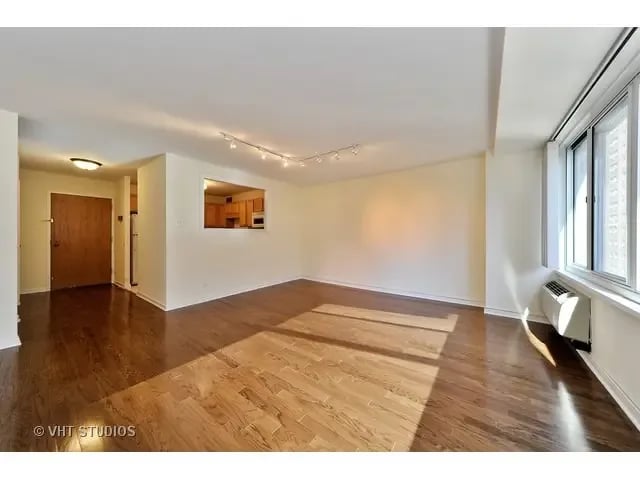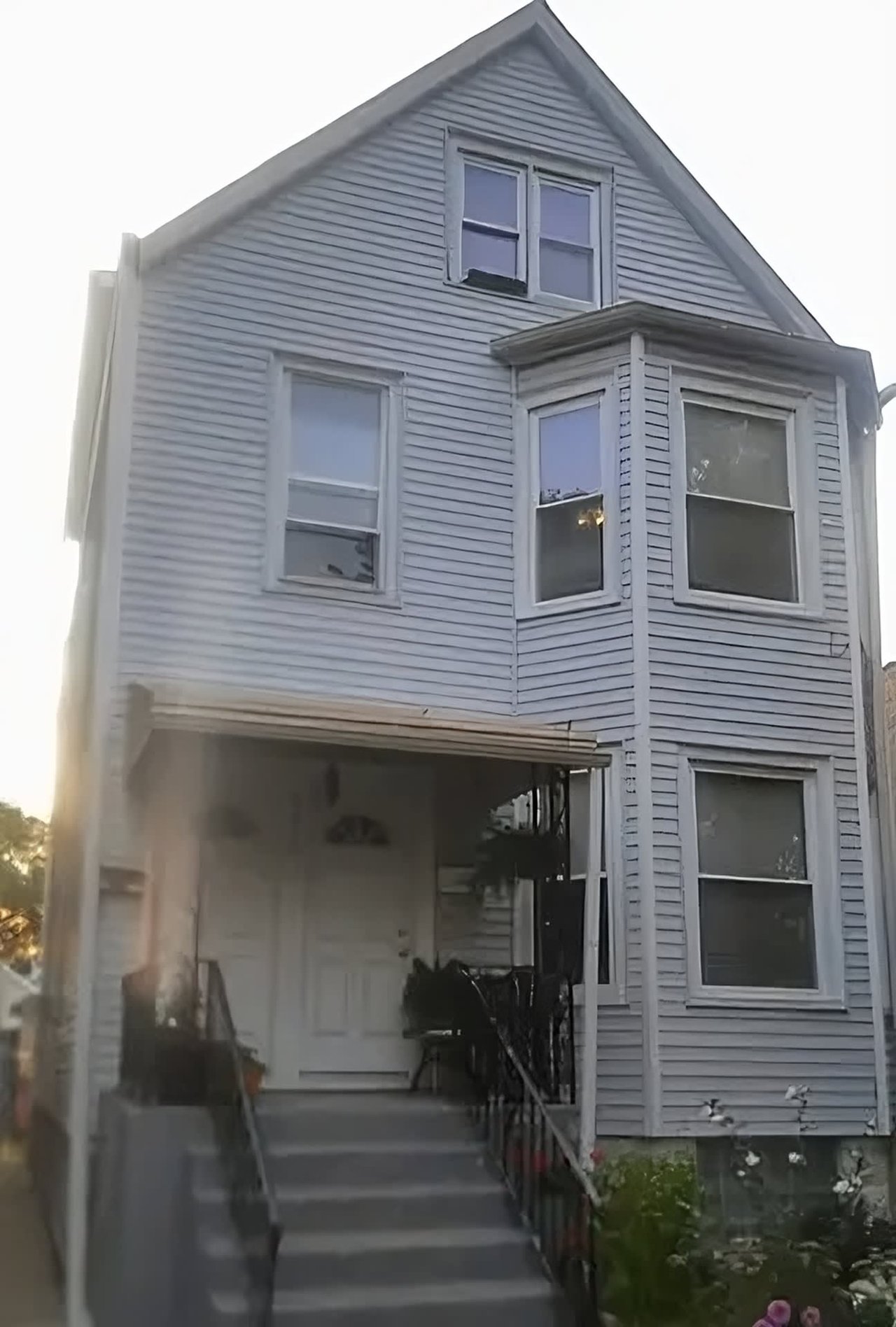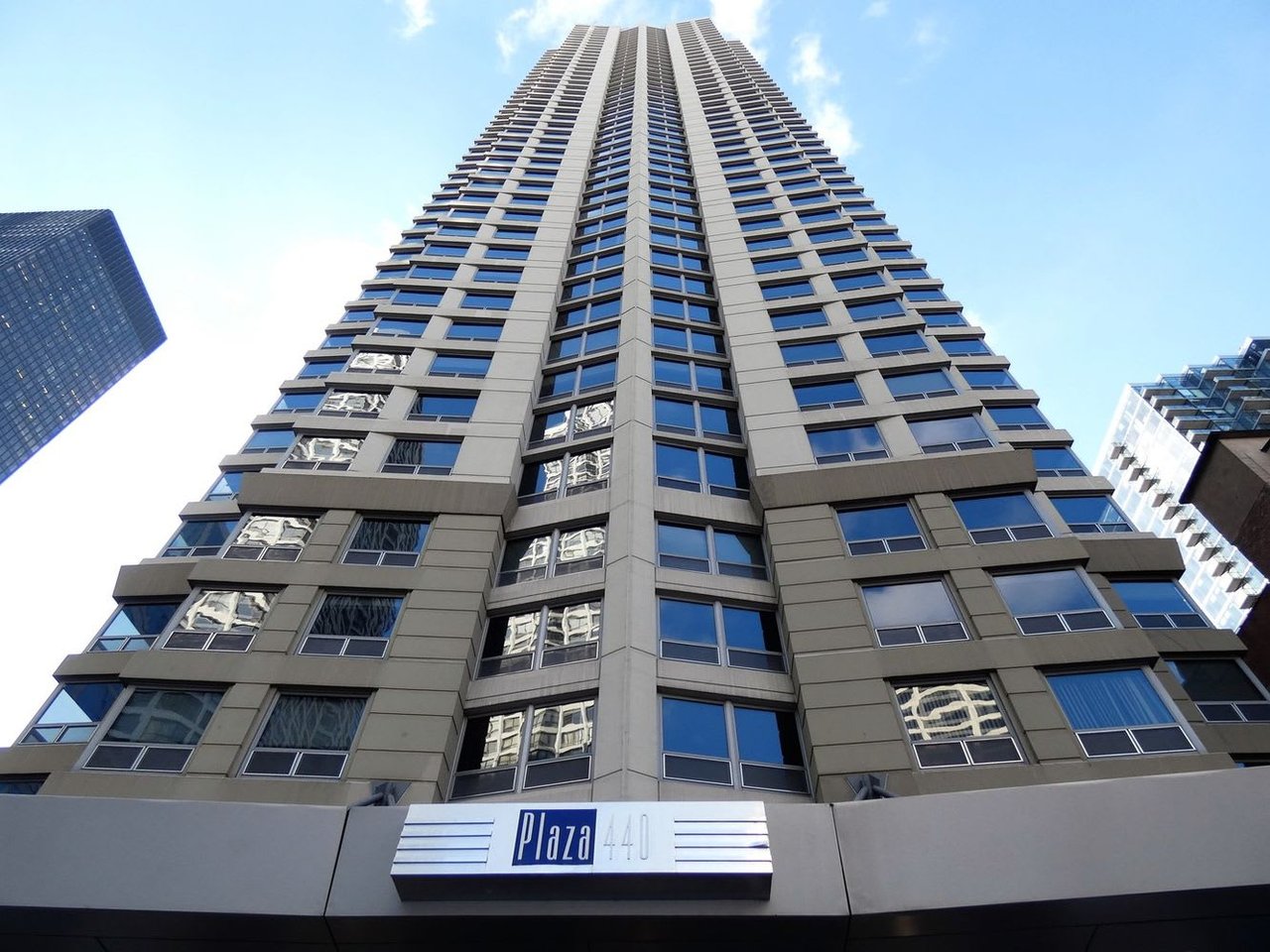Purchasing a multi-unit residential building is a tried-and-true method of real estate investment. When running the numbers, as the number of overall units goes up, so does the potential for profits. The demand for rental housing continues to stay strong in many markets including Chicago. In addition to inflation and higher interest rates creating higher monthly costs for newer buyers, the workforce has been increasingly mobile in the last few years and people want to keep their housing agile to take advantage of job transfers and better opportunities for advancement in other regions. These factors keep the rental market strong and in recent years have increased the cost of residential rentals. In urban areas like Chicago, there are also empty nesters or people who want a small place in the city to avoid expensive hotel stays and so they can enjoy the social and cultural attractions throughout the year. After doing your homework of a neighborhood’s average rent and demand for residential rentals, multi-unit building can be a terrific way to diversify the investment portfolio.
